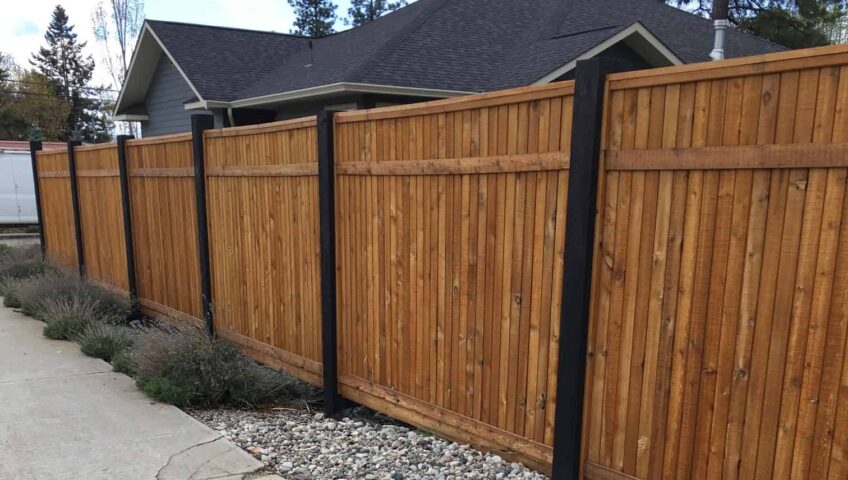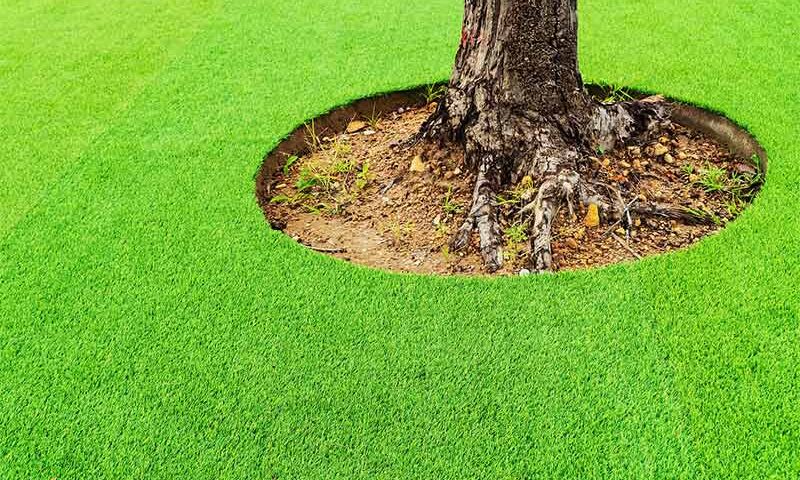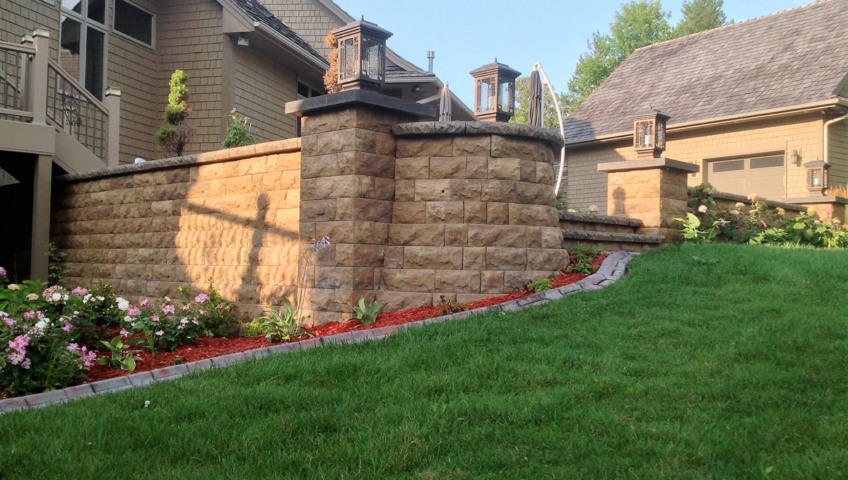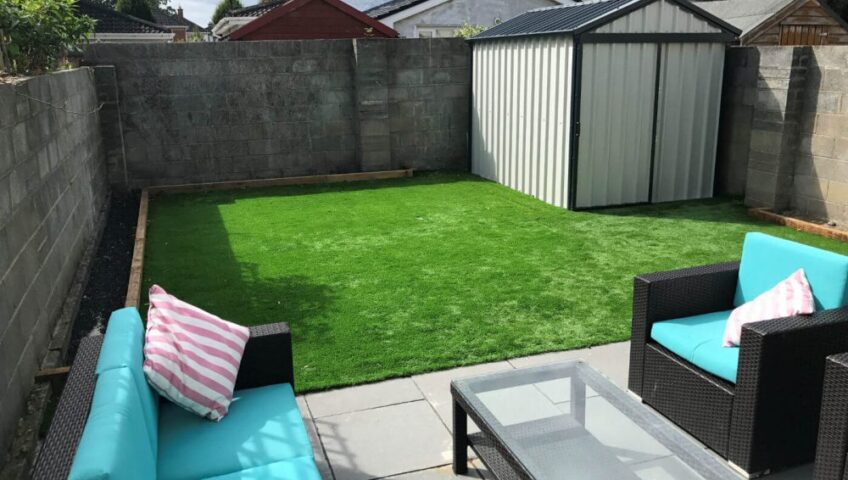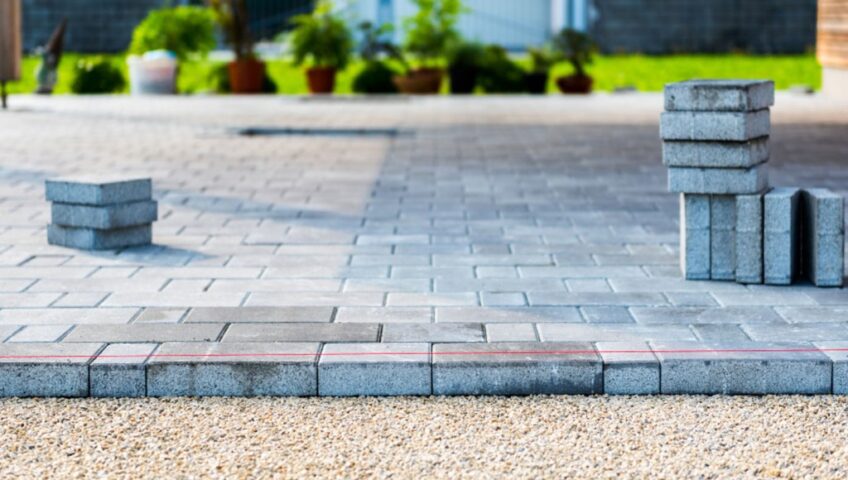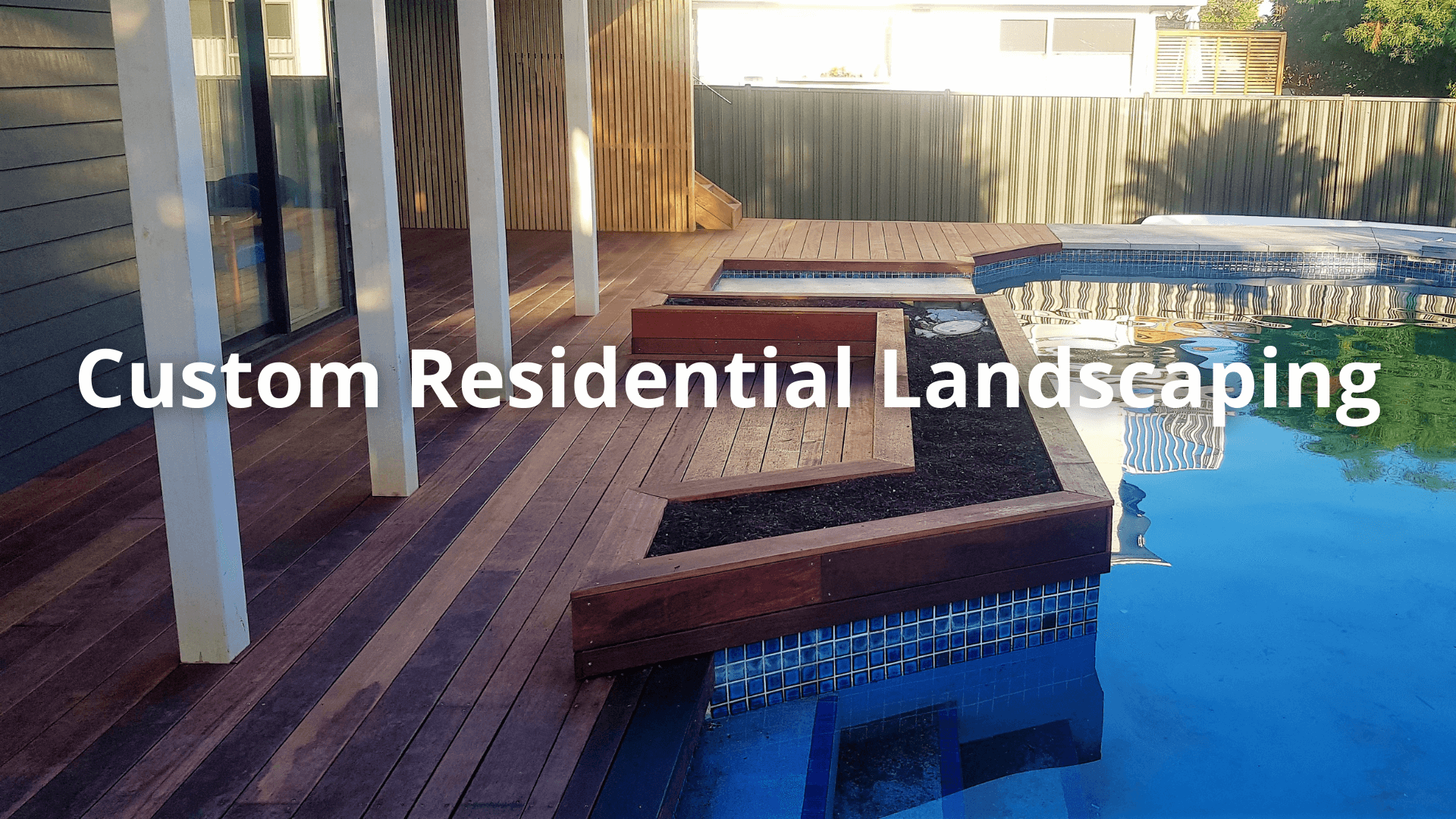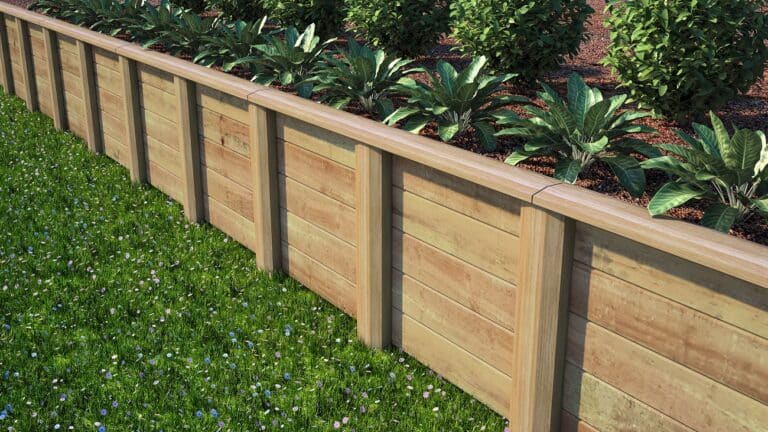
What Makes A Timber Retaining Wall Special?
A timber retaining wall is a landscaping staple. Not only is it a great choice out of the many good choices for a retaining wall in Auckland, but it has some special features that make it a truly special and overall good decision.
